Nimrod & Semiramis
Nimrod, who was born on December 25th, the High Sabbath of Babylon, was the founder of Babylon and the city of Nineveh. In the history of mankind, Nimrod stands unequalled for his symbolism of evil and Satanic practices. He is credited for having founded Freemasonry and for building the legendary Tower of Babel, in defiance of God's will. In talmudic literature, he is noted as "he who made all the people rebel against God." Pes. 94b. The legend of the Midrash recounts that when Nimrod was informed of Abraham's birth, he ordered all the male children killed, to be certain of eliminating him. Abraham was hidden in a cave, but in latter life he was discovered by Nimrod, who then ordered him to worship fire. Abraham refused and was thrown into the fire.
The legendary symbol for Nimrod is "X." The use of this symbol always denotes witchcraft. When "X" is used as a shortened form meaning Christmas, it actually means "to celebrate the feast of Nimrod." A double X, which has always meant to double-cross or betray, in its fundamental meaning indicates one's betrayal into the hands of Satan. When American corporations use the "X" in their logo, such as "Exxon," the historic Rockefeller firm of Standard Oil of New Jersey, there can be little doubt of this hidden meaning.
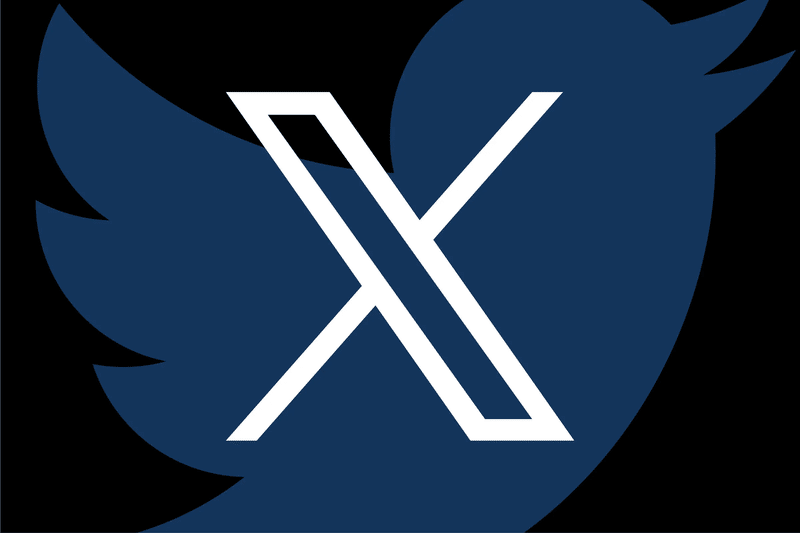
The importance of Nimrod in any study of the occult cannot be over-emphasized. Because of the powers given him by the clothing of Adam and Eve, Nimrod became the first man to rule the whole world. He indulged that power by launching excesses and horrors which have never been equalled. Ever since the time of Nimrod, Babylon has been the symbol of depravity and lust. Nimrod also introduced the practice of genocide to the world. His grandfather, Ham, having consorted with other races, and brought children of mixed race into the world, was persuaded by his consort, the evil Naamah, to practice ritual murder and cannibalism. She informed Ham that by killing and eating fair-skinned people, his descendants could regain their superior qualities. Throughout the ensuing centuries, the fair-skinned descendants of Shem, Noah's oldest son, have ritually been slaughtered by the darker descendants of Ham and Nimrod, in the world's most persistent campaign of racial and religious persecution. Not only did Nimrod kill and eat the fair-skinned descendants of Shem, in his fury and hatred he often burned them alive. The type of human sacrifice involving the eating of the slaughtered human victims derived its name from the combined names of his uncle, Canaan, and the demon god Baal, the two names being combined to form the word "cannibal." Nimrod was also known in ancient history by the names of Marduk, Bel, and Merodach. Because of his importance in its history, Babylon was known as the Land of Nimrod. Nimrod is also cited in the most ancient Masonic constitutions as the founder of Freemasonry.
The Curse Of Canaan: A Demonology Of History by Eustace Mullins
The Illuminati is a Luciferian religion that is counterfeit to the church of Jesus Christ [not the Mormon one]. Illuminati means, "Light Bearers" or "Enlightened Ones". The Illuminati belief system says that freedom is only obtained through the entrance of true or pure light (sodomy) and life (sacrifice) is only obtained through death. They tell their people that nothing can ever penetrate that power because the [unholy] trinity of Cain, Nimrod, and Joseph seals it in. The core religion of their belief system comes from the Cabala, a book containing mysticism, and written by a sect of the Pharisees who went into Babylon after the destruction of Jerusalem. As a matter of fact, the holy language of the Illuminati is Hebrew.
THE MASTER PLAN OF THE ILLUMINATED ROTHSCHILDS: Ron Patton interviews Marion Knox
The ancient Greek historian, Diodorus, reports that Queen Semiramis erected a 130-foot obelisk in Babylon and it was associated with sun worship and represented the phallus of the sun god Baal or Nimrod. Some Masonic researchers say that the word 'obelisk' literally means 'Baal's shaft' or 'Baal's organ of reproduction'. It is for this reason that the obelisk also represents the Illuminati bloodlines.--David Icke
Fish were originally worshiped as a symbol of Nimrod, Each priest is depicted wearing a fish-head mitre. One of the names of this God in Babylon and Philistia was Dagon (dag=fish, on=sun) "The head of the fish formed a mitre above that of a man, while its scaly, fin-like tail fell as a cloak behind, leaving the human feet and limbs exposed." Layard's Babylon & Ninevah, p. 343
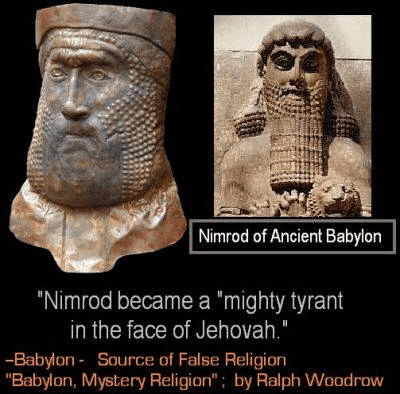
Statue of Liberty On the left here is an ancient depiction of Queen Semiramis, note she is holding a cross, and alongside is the Statue of Liberty holding the lighted torch, a symbol of Nimrod.
Columbia. Here you can see Queen Semiramis of Babylon (goddess of the moon), holding the torch with the eternal flame of Nimrod (sun god).
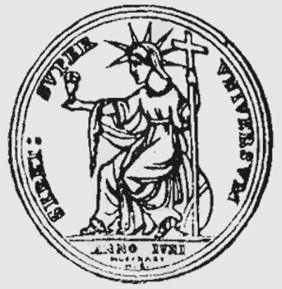
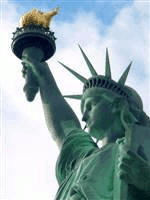
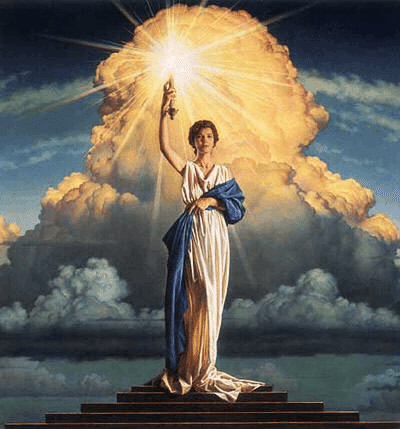
Nimrod, Semiramis and Tammuz
Most people will be aware of the claims made regarding Nimrod, Semiramis and Tammuz. These 3 characters being the start of pagan sun god worship throughout the world. There are, in fact, actually a few different stories about the “pagan trinity” as they are sometimes called. The most popular version of the story is that Nimrod and Semiramis were king and queen of Babylon. They ruled the people and turned them against the true God YHWH. However, Nimrod eventually died. Semiramis, in a desperate attempt to hold onto her thrown, derived a plan that would ultimately lead to not only retaining the throne but would elevate her to the status of a goddess.
Semiramis claimed, that after Nimrod had died, he ascended to the sun and became the sun god himself. She then told the people that her son, Tammuz, was the reincarnation of the sun god, Nimrod, and that she had been impregnated by the rays of the sun. Tammuz was conceived before Nimrod died or as some versions state, she conceiving through an extra marital source. She would later marry her son, Tammuz, who was, in fact, Nimrod reincarnated. This is why some versions of the story have Nimrod marrying his own mother. In some versions of this tale, Tammuz is later killed by a wild boar. In other versions, he is cut up into numerous pieces and his body parts spread throughout the world. This cutting up into pieces and the body parts being spread over the world is, however, more often asserted as to how Nimrod met his death. Semiramis, is then depicted as going around and collecting his parts in an attempt to reassemble her husband and bring him back to life. She is said to have found all his body parts, apart from his male organ. This then prompts her to build an obelisk which then becomes a phallic symbol. Some versions of the story have Semiramis commanding 40 days of mourning for Tammuz. Some even state that a wild pig should be killed and eaten after the 40 days as a remembrance to Tammuz. After this, God came down and confused the languages at the tower of Babel, as outlined in the Biblical texts found in Genesis 11, when, due to the evilness of this religion, they tried to build a tower so tall it would reach into heaven with Nimrod having said he was angry at God.
The religion went “underground” and became a hidden religion. Known only to a select number. This religion has since remained and has integrated itself into every major culture and religion of the earth. Each religion’s central characters can be traced back to Nimrod, Semiramis and Tammuz. They became the gods of Egypt, Greece and Rome and now are worshipped by the Catholic Church in the form of the father, son and MARY the mother. Semiramis has been worshiped under the names Ishtar, Astarte, Rhea and Isis to name just a few, while Nimrod has been Ninus, Osiris and Baal. Tammuz has also been known as Horus and Adonis . All 3 have had many more names accredited to them.
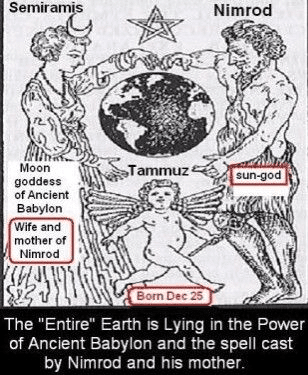
EZEKIEL 8:14
Then he brought me to the door of the gate of the LORD's house which was toward the north; and, behold, there sat women weeping for Tammuz.
Who was Tammuz?
The false god Tammuz is mentioned in the book of Ezekiel. The prophet describes a vision he had, saying the Lord “brought me to the entrance of the north gate of the house of the LORD, and I saw women sitting there, mourning the god Tammuz” (Ezekiel 8:14). God calls the idolatrous practice of weeping for Tammuz a “detestable” thing, made even worse in that it was happening at the temple in Jerusalem.
Tammuz the demigod apparently began as a Sumerian shepherd named Dumu-zid or Dumuzi. His father was the ancient Mesopotamian god Enki [also known as the Akkadian/Babylonian Ea, who saved the family of Utnapishtim (Noah) from the flood in the “Epic of Gilgamesh”], and his mother was the sheep goddess Duttur. In the earlier Sumerian culture, Dumuzid/Tammuz was the god of sheep, lambs, and sheep’s milk—a pastoral deity. In the later Akkadian mythos, he was the god of agriculture.
Some critics claim that the legend of Dumuzid/Tammuz/Osiris/Adonis served as the inspiration for the “legend” of the death and resurrection of Jesus Christ. The differences are too many to take this claim seriously:
Tammuz/Adonis/Osiris was rescued from the underworld by a faithful lover.
Jesus was raised from the dead by Himself in conjunction with God.
“The reason my Father loves me is that I lay down my life—only to take it up again” (John 10:17)
“God has raised this Jesus to life, and we are all witnesses of it” (Acts 2:32)
Tammuz/Adonis died once a year.
Jesus died only once.
“The death he died, he died to sin once for all; but the life he lives, he lives to God” (Romans 6:10)
Osiris died once forever.
Jesus rose once forever.
“You will not abandon me to the realm of the dead, / nor will you let your faithful one see decay” (Psalm 16:10)
Tammuz/Osiris’s death and rebirth brought life to agriculture.
Jesus’ death and resurrection brings life to our souls.
“For God so loved the world that he gave his one and only Son, that whoever believes in him shall not perish but have eternal life” (John 3:16)
The cult of Tammuz promised rich provision in the form of grain and sheep, but it is only Jesus who gives life and gives it to the full (John 10:10). It is said that Tammuz was a shepherd. But only Christ, the Good Shepherd, willingly laid down His life for His sheep (John 10:11, 18). Whatever modern-day idols we chase in the desire to have plenty, it is only God who can provide what we need (James 1:17).
この記事が気に入ったらサポートをしてみませんか?
